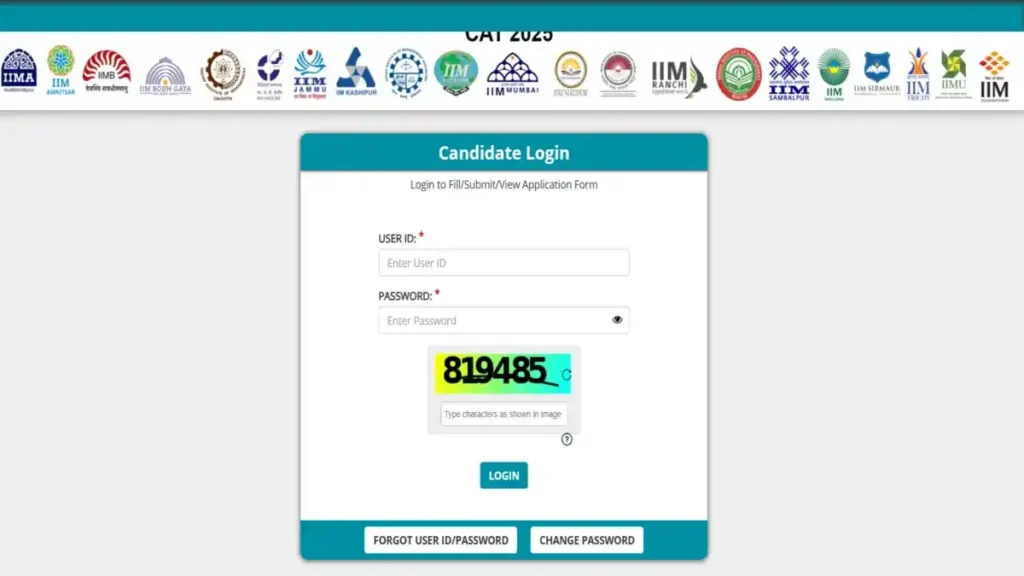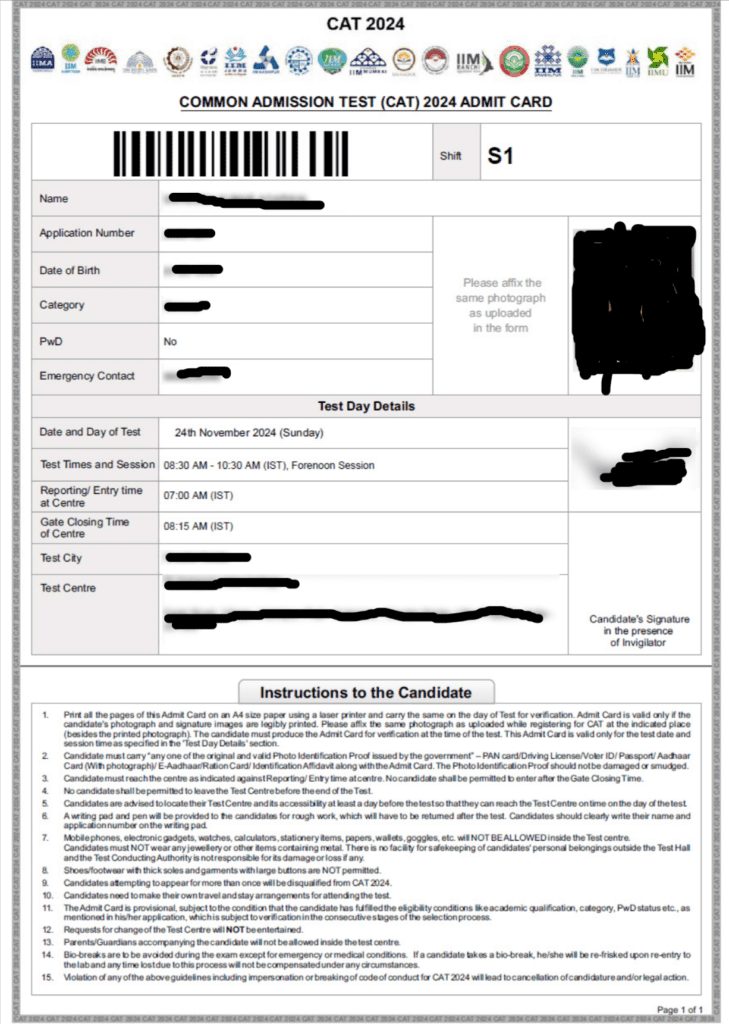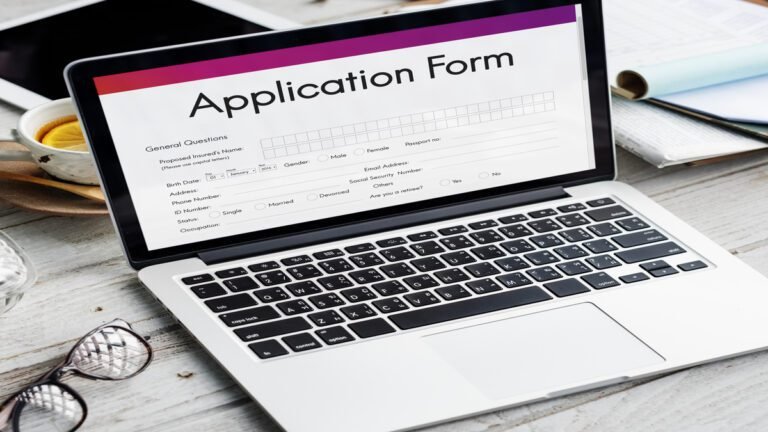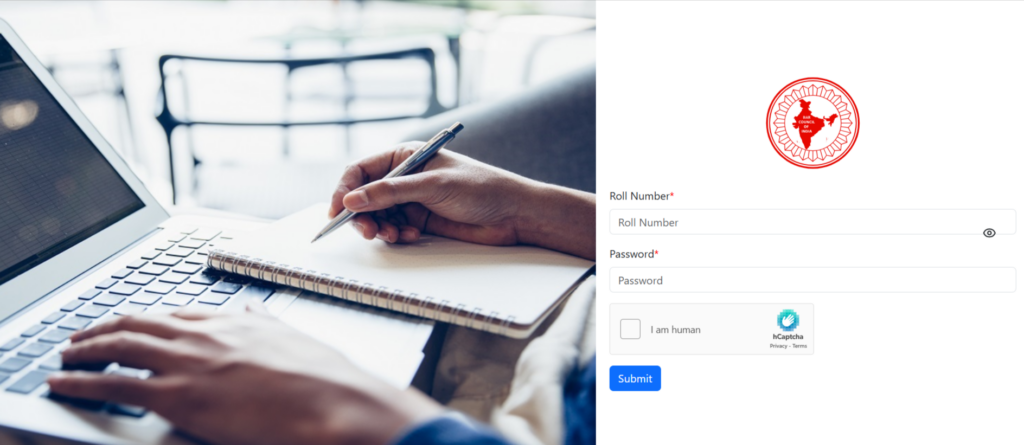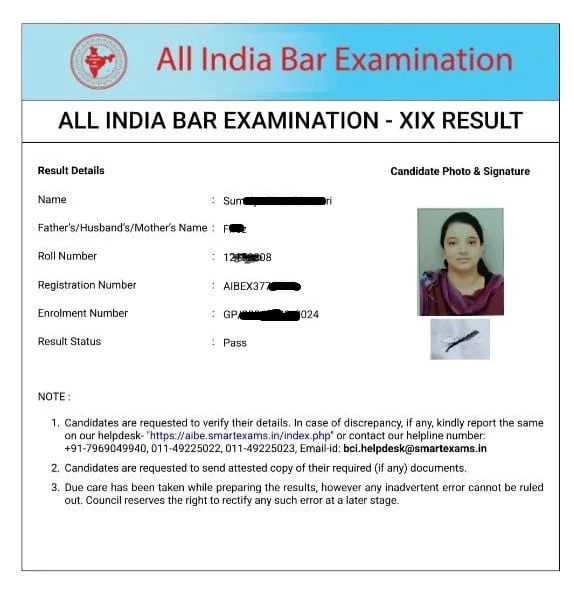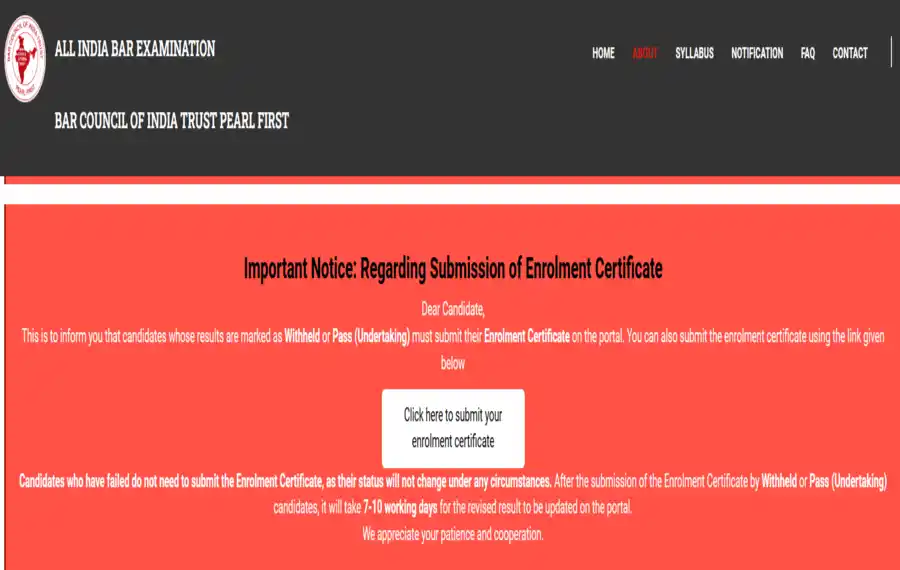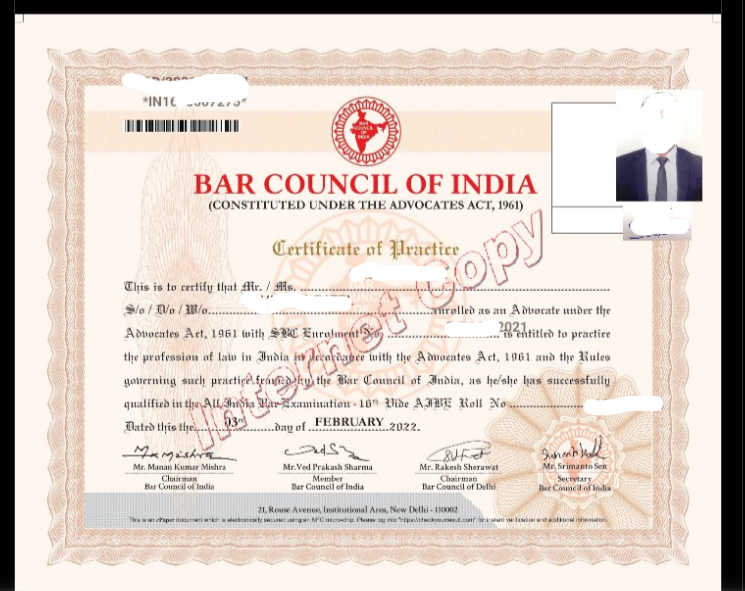CAT Application Form 2025 – Registrations for CAT 2025 is now closed.
The CAT application form was open from August 1 to September 20, 2025. Candidates had to register for the exam by following the application link that was given here. Before applying, they had to confirm CAT 2025 eligibility criteria. The CAT application fee is INR 2600.
To apply for CAT 2025, you needed to register using your email ID and mobile number, fill in academic, personal, and contact details, select FIVE test centers for CAT 2025, upload documents, and pay the application fee.
The CAT 2025 application form correction window was OPEN from October 4-7, 2025. Using the edit window, one could modify photograph, signature, and test city.
CAT 2025 exam was conducted on November 30, 2025. Keep reading to learn the full details about the CAT application form 2025.
Latest Updates:
- CAT 2025 Answer Key + Candidate Response Sheet (OUT) – Download Here
- CAT 2025 Question Paper Released; Download Now
- CAT 2025 Registration Declines: What’s Behind the Dip
Table of Contents
CAT Application Form 2025 – Highlights
| Particulars | Description |
| CAT 2025 registration START Date | August 1, 2025 |
| Last date to submit applications | September 20, 2025, Saturday (5 pm) |
| Edit Window | October 4-7, 2025 |
| CAT 2025 Exam Date | November 30, 2025 The exam will be conducted in THREE sessions. |
| Mode of application | Online |
| Registration portal | iimcat.ac.in The application link was provided on this page. |
| CAT 2025 application fee | SC, ST and PwD: INR 1300 Others: INR 2600 |
| CAT 2025 Information Bulletin | Download Here |
| CAT registration guide | Download Here – CAT 2025 Registration Guide |
| Documents required | Recent passport size photograph and signature. The photo must not be more than six months old and have a white background. Caste/PwD/Scribe certificate |
| CITY options candidates need to select | 5 The options must be entered in the order of priority To check list of available city options – Click Here |
| Particulars that can be edited in CAT 2025 application form | You can edit the following particulars: Photograph Signature Test City Preference |
| Help Desk Number | 1800 210 0175 |
CAT Application Form 2026 – Important Dates
The registration process for CAT 2025 will close on September 15, 2025. Check out the important dates for CAT registration below.
| Event | Dates |
| Start of application form | August 1, 2025 |
| Last date to register for the exam | September 20, 2025 |
| Issue of admit cards | November 5, 2025 |
| CAT 2025 Test Day | November 30, 2025 |
CAT Application Form 2025 – Checklist before filling the form
The candidate must ensure they have the following items in place before proceeding to fill out the CAT 2025 application form.
- Check your eligibility for CAT 2025
- Ensure that you have a valid and unique email address and mobile number. You must retain this email ID and mobile number until the CAT Admission process is completed as all official communications will be done using them.
- Scanned images of your passport size photo and signature are required for uploading. The photo must not be more than six months old and have a white background. NOTE that you are required to bring printed copies of the same photograph on the examination day.
Also Read:
- CAT cut-off 2025 – Check Institute-wise Opening and Closing Ranks, Factors
- CAT Exam Centers 2025 – City-wise Test Centers, How to Select, Reporting Time
How to Fill CAT Application Form 2025
The registration process for CAT 2025 will be conducted online. The stepwise process to register for the exam is explained in detail below.
- Register for CAT 2025 – The candidate has to initiate the application process by first registering for the exam using their date of birth, country, email ID, and mobile number. On entering the details, an OTP will be generated and sent to the registered email id and mobile number. On confirming the OTP, the candidate account will be activated.
- Fill in the form – The candidate needs to log in to the applicant account using CAT 2025 user ID and password. Fill in personal, academic, and contact details. Select FIVE city options from the drop-down menu in the order of priority. Also, select your program of study (Combination of academic institute and MBA program).
- Pay the CAT 2025 application fee – The candidate has to next pay the category-specific registration fee to complete the application process.
CAT Application Fee 2025
The category-specific registration fee for the CAT exam is given in the table below. Fees once paid will not be refunded under any circumstances.
| Category | CAT Exam Fee |
| SC, ST and PwD | INR 1,300 |
| All other candidates | INR 2,600 |
Note: The candidate needs to pay the registration fee only once, irrespective of the number of institutes he/she is applying for. SC, ST and PwD candidates must upload a copy of their SC/ST/PwD certificates at the time of registration.
Also Read:
- Best Books to Prepare for CAT 2025 – Section-wise Study Material, How and What to Study
- CAT Exam Pattern 2025 – Section-wise No. of Questions, Marking Scheme, What’s new?
CAT Application Form 2025 – Required Documents, Format, Size
The candidate must upload the following documents when filling out the CAT 2025 application form.
| Document | Size | Format |
| Scanned Passport Size Photograph The photo should not be more than six months old and should have a white background. Note: The candidates must bring printed copies of the same photograph on the examination day. So, ensure that you have sufficient copies of this photo. | Up to 1200 pixels x 1200 pixels (80KB) The image should be clear with a minimum resolution of 150px/inch. | .jpg or .jpeg |
| Scanned Signature | Up to 80mm X 35mm (80KB) The image should be clear with a minimum resolution of 150px/inch. | .jpg or .jpeg |
| EWS/NC-OBC/SC/ST Certificate Download the caste certificate from the CAT website, enter the required information, self-attest it and upload the scanned copy. | – | |
| PwD Certificate Download the PwD certificate from the CAT website, fill it, self-attest it and upload the scanned copy. | – |
CAT 2025 Application Form Correction Window
The candidate is given the option to make corrections in the CAT 2025 application form from October 4-7, 2025.
Using the CAT application form correction window, you could edit the following fields:
- Photograph
- Signature
- Test City Preference
NOTE: The correction facility will be valid only for those candidates who have completed the CAT application form, including payment of the application fee.
CAT Exam 2025 Eligibility Criteria
Candidates planning to appear in the CAT 2025 exam must meet the specific eligibility criteria specified by the exam conducting body.
Key CAT 2025 eligibility criteria the candidate must meet include:
- Qualifying exam passed – The candidate must have passed Bachelor’s degree with minimum marks.
- Appeared/ awaiting results – Such candidates may also apply provided they meet the specific criteria by the given deadline.
- Age limit – There is no age restrictions for appearing in the CAT 2025 exam.
What after submission of CAT 2025 application submission
The candidate will be given an opportunity to edit the submitted application form once the registration process ends. The candidate must use the opportunity to may any corrections, if required.
Next, candidates who duly complete the application process will be issued the CAT 2025 admit cards November 5, 2025. On the day of the exam, the candidate must bring the admit card and a valid photo ID proof.
The admit card will contain details like exam date and timings, name and address of the allotted CAT 2025 exam center, roll number, exam-day instructions, etc.
CAT Application Form 2025 – Correction Window
The CAT 2025 application form correction window is open from October 4-7. Note that the using the application form edit or correction window, the candidate can edit only a few of the particulars.
For instance, the candidate is allowed to edit the following THREE fields:
- Photograph
- Signature
- Test city preference
Apart from these, no other particulars can be edited in the application form. So, it is important to bear caution when filling out the application form the 1st time around.



